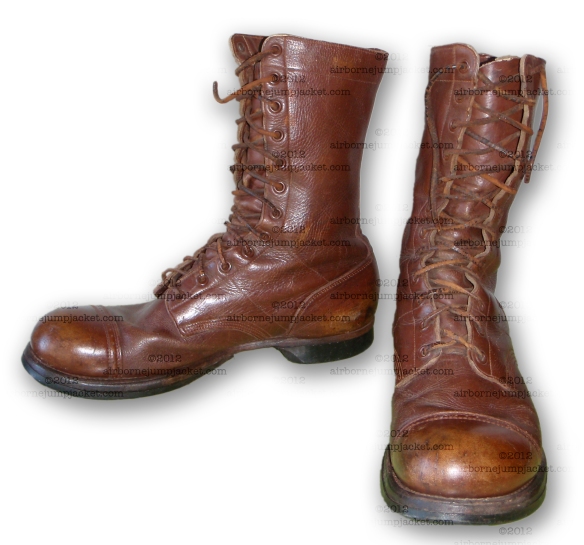This M1C paratrooper helmet is a later produced M1C than the one that was previously posted. This is indicated by the rear seam and the olive drab colored chinstraps. The liner is a Westinghouse paratrooper liner.
This helmet and liner was found together by a picker about a year ago. This helmet is not identified, but I was still very happy to add this helmet to my collection. It has become very hard to find these helmets in excellent like this one is.
- M1C US Airborne Rear Seam Paratrooper Helmet
- M1C Airborne Rear Seam Paratrooper Helmet Side View
- M1C Airborne Paratrooper Helmet Showing Rear Seam Detail
- M1C Helmet Showing Paratrooper Westinghouse Liner
- M1C Helmet Showing Westinghouse Liner Strap Detail
- M1C Helmet Showing Westinghouse Liner Buckle Detail
















You must be logged in to post a comment.